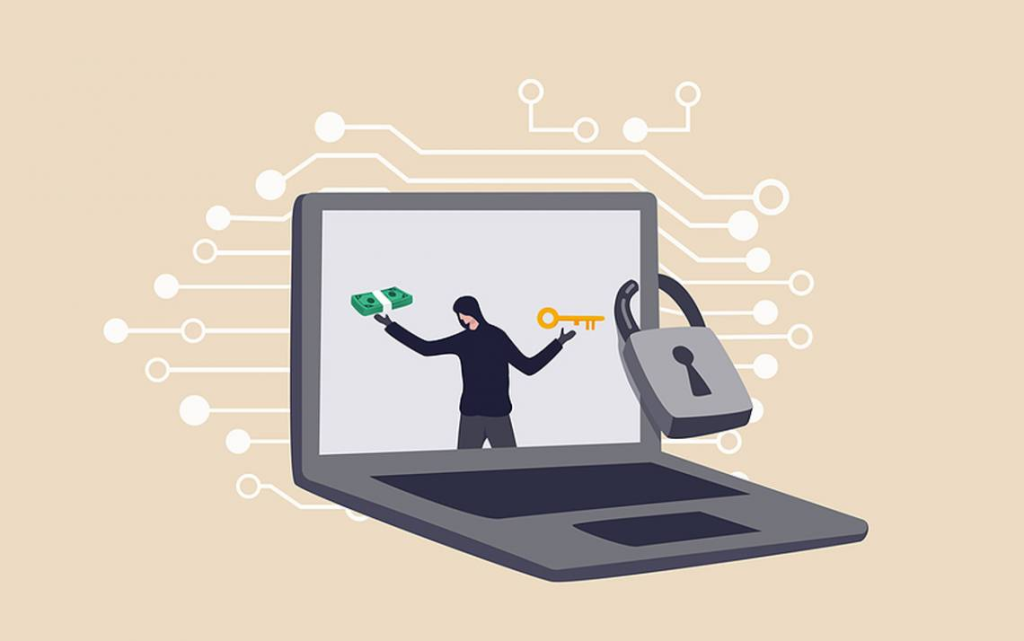Virtual Security Compliance Monitoring: Monitoring Virtual Environments for Compliance
Electronic security, also known as cybersecurity or information safety, refers to the measures and practices put in position to safeguard virtual assets, data, and methods from unauthorized access, breaches, and internet threats in digital environments. In today’s interconnected world, wherever businesses depend seriously on digital systems and cloud research, virtual safety plays a critical position in safeguarding sensitive information and ensuring the integrity, confidentiality, and option of data.
One of the principal issues of virtual security is protecting against unauthorized usage of electronic resources and systems. This calls for utilizing sturdy certification systems, such as accounts, multi-factor certification, and biometric authentication, to confirm the identification of consumers and prevent unauthorized people from accessing sensitive and painful information and resources.
Furthermore, electronic security encompasses methods to guard against malware, infections, and other malicious computer software that will compromise the safety of virtual environments. Including deploying antivirus software, firewalls, intrusion detection programs, and endpoint safety methods to discover and mitigate threats in real-time and prevent them from spreading across networks.
Yet another important aspect of electronic safety is getting information both at sleep and in transit. This requires encrypting information to provide it unreadable to unauthorized persons, thus guarding it from interception and eavesdropping. Encryption ensures that even when information is intercepted, it stays protected and confidential, reducing the risk of data breaches and unauthorized access.
Moreover, virtual security involves applying access controls and permissions to restrict user liberties and limit use of sensitive and painful data and techniques only to certified individuals. Role-based entry get a handle on (RBAC) and least benefit rules are commonly applied to ensure that users have entry and then the resources essential for their jobs and responsibilities, reducing the danger of insider threats and information breaches.
Electronic protection also encompasses checking and recording activities within electronic environments to identify suspicious conduct and possible security incidents. Safety information and function management (SIEM) options collect and analyze logs from different places to identify safety threats and respond to them instantly, reducing the influence of safety incidents and avoiding knowledge loss.
Moreover, electronic security involves normal safety assessments and audits to evaluate the effectiveness of present protection controls and recognize vulnerabilities and weaknesses in electronic environments. By performing aggressive assessments, agencies can identify and handle security holes before they can be exploited by internet enemies, improving overall safety posture.
Furthermore, virtual security requires ongoing education and training for personnel to boost recognition about cybersecurity most useful methods and make sure that consumers realize their roles and responsibilities in sustaining security. Security awareness training programs support employees virtual security identify potential threats, such as for example phishing scams and cultural executive attacks, and get ideal measures to mitigate risks.

In conclusion, virtual protection is required for protecting organizations’ electronic assets, information, and programs from cyber threats and ensuring the confidentiality, integrity, and availability of data in electronic environments. By implementing strong safety procedures, including access controls, security, tracking, and consumer instruction, agencies may strengthen their defenses against internet episodes and mitigate the dangers related to operating in today’s interconnected world.
